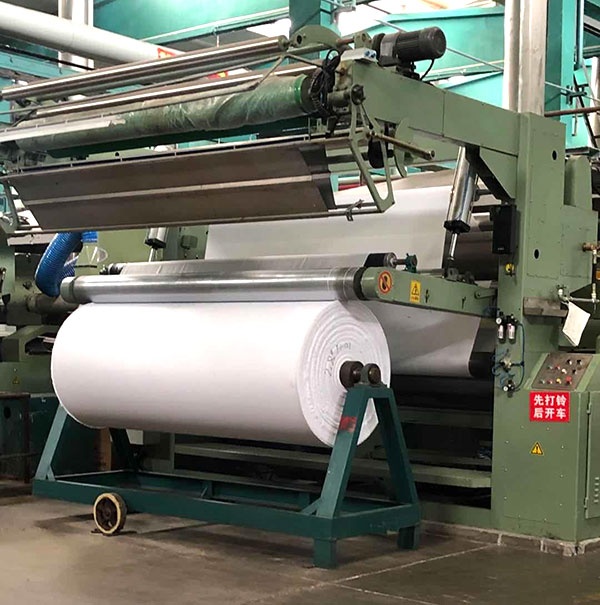Industry Application
Provide customers with professional case solutions
The setting machine is a machine used for industrial manufacturing setting. The setting machine can be divided into: shoe upper setting machine, socks setting machine, fabric setting machine. In textile production, the setting machine can improve the feel, slippage, color, width, appearance, etc. For non-pure cotton quality, it can also play a role in stabilizing the size. Its working principle is that the cloth is dipped in chemical material in the trough, and after being pressed evenly by the roller, it enters the oven. When the cloth passes through the oven, it will be dried and shaped under the action of high temperature and hot air, and the shaped cloth has a good feel and stable size. The whole control system includes synchronization system control, temperature control table communication control, heat energy recovery control, etc.

1. Technical requirements ① The control system mainly requires the synchronization of the linear speed. The system consists of the linear speed synchronous variable frequency speed regulation of the main traction motor and other traction motors, as well as heating control and fans. ②The main motor inverter has a larger starting torque, the inverter controls the speed, and the line speed can be continuously and arbitrarily adjusted within the design range.
2. Reason for selection: ① The synchronous controller and the frequency converter are used to synchronize the line speed, and the response is fast. ② The load of the hot air blower can be adjusted by frequency conversion to adjust the wind speed, saving energy, which can greatly save electricity. ③Line speed can be continuously adjusted within the allowable range.
3. Introduction of frequency conversion synchronization scheme The drive part of the synchronous system is controlled by the frequency converter to achieve synchronization. The speed synchronization method can be controlled by ① communication setting ② analog quantity setting ③ high-speed pulse frequency control. Synchronization, the cloth on the machine may be pulled off. If the analog speed is selected, multiple analog outputs are required.
4. Wiring Input (mains) R S T , output (motor) U V W ①Start signal DI1 COM ②Fault contact TC1 TB1 ③ Frequency given AI1 10V GND
5. Inverter built-in parameters: PP.01 1 Factory reset P0.10 100 Preset frequency P0.12 100Maximum frequency P1.00 2 Permanent Magnet Synchronous Motor P1.01 7.KW motor rated power (according to the motor nameplate) P1.02 380V motor rated voltage (according to the motor nameplate) P1.03 17A Motor rated current (according to motor nameplate) P1.04 100HZ motor rated frequency (according to the motor nameplate) P1.05 1500 Motor rated speed (according to motor nameplate) P1.20 286V Back EMF Self-learning: P1.37 is set to 11 (static learning), press ENTER to confirm, then press RUN, and then jump back to 50.00 and the self-learning is successful.
6. Basic parameters: P0.02 1 Terminal command channel P0.03 2 External frequency setting P0.17 150 Acceleration Time P0.18 150 Deceleration Time | 7. On-site pictures
|
This paper introduces the application scheme of a H501 inverter on the CNC bending machine. The scheme effectively reduces the energy consumption of the system, has low operating noise, fast system response, improves efficiency, and has stable and reliable operation, powerful protection functions, simple and convenient operation, and also improves product quality and output, and reduces equipment maintenance costs. Users have created good economic benefits.